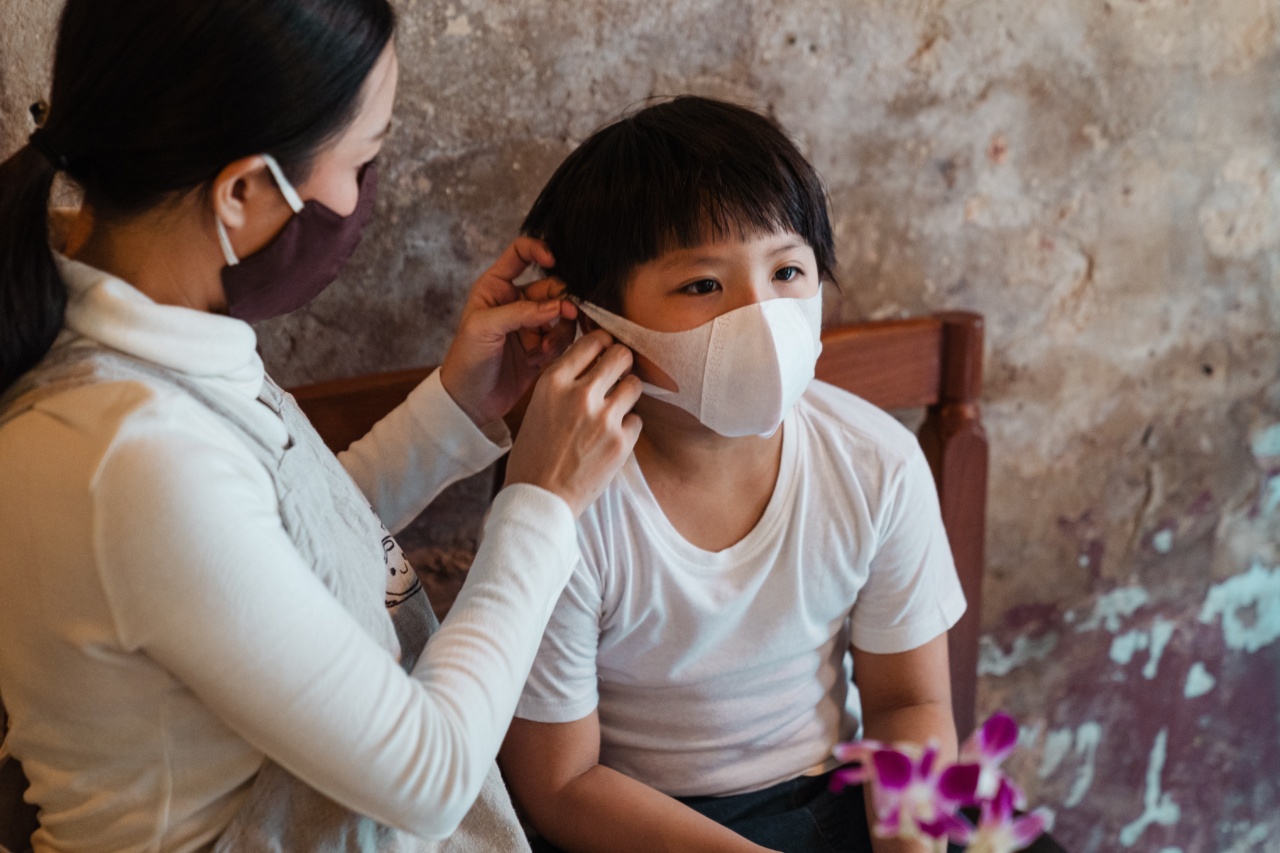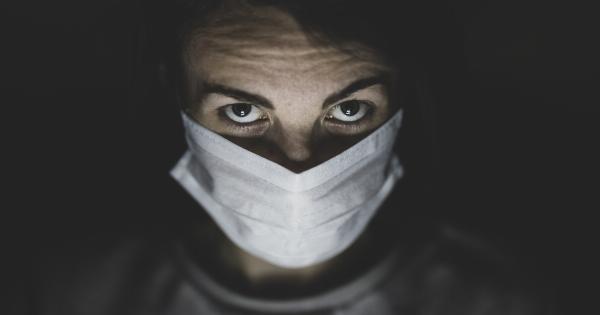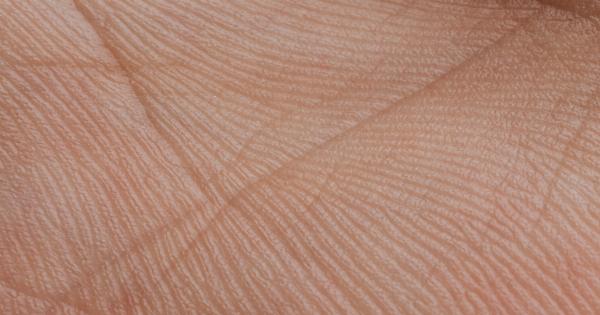Koxaki virus (also called Coxsackie virus) is a common virus that causes a range of illnesses, from mild cold symptoms to more severe infections of the heart, brain, and other organs.
It’s highly contagious and can easily spread from person to person through contact with infected bodily fluids, such as saliva or mucus.
The virus is known to be especially dangerous for children and expecting mothers, as it can cause serious complications that can lead to hospitalization or even death.
What is Koxaki virus?
Koxaki virus is a member of the enterovirus family, which also includes polioviruses and echoviruses. There are two main subtypes of Koxaki virus: A and B.
Both subtypes are highly contagious and can cause a range of illnesses, from mild to severe, including:.
- Hand, foot, and mouth disease (HFMD)
- Herpangina (a viral infection that causes throat pain and blisters)
- Acute hemorrhagic conjunctivitis (an infection of the eye)
- Myocarditis (an inflammation of the heart muscle)
- Meningitis and encephalitis (infections of the brain and spinal cord)
How is Koxaki virus spread?
Koxaki virus is spread through contact with an infected person’s bodily fluids, such as saliva, mucus, or feces. The virus can be found in the nose and throat, as well as in the blister fluid and stool of infected people.
Children are at a higher risk of contracting Koxaki virus because they tend to have weaker immunities and may be more likely to touch contaminated surfaces or put their fingers in their mouths.
Symptoms of Koxaki virus infection
The symptoms of Koxaki virus infection can vary depending on the subtype and severity of the infection. Some common symptoms include:.
- Fever
- Sore throat
- Mouth sores or blisters
- Rash on the hands, feet, or buttocks
- Muscle aches and pains
- Vomiting and diarrhea
- Chest pain or difficulty breathing (in the case of myocarditis)
- Stiff neck, headache, and sensitivity to light (in the case of meningitis or encephalitis)
Symptoms typically appear within two to five days after exposure to the virus and can last for up to two weeks. In some cases, symptoms may be mild and go away on their own, while in other cases they may be severe and require hospitalization.
Treatment for Koxaki virus infection
There is no specific treatment for Koxaki virus infection. Most cases will resolve on their own with rest, hydration, and over-the-counter pain relievers like acetaminophen or ibuprofen to manage fever and pain.
In severe cases, hospitalization may be necessary to provide supportive care, such as intravenous fluids to prevent dehydration and oxygen therapy to help with breathing difficulties.
Prevention of Koxaki virus
The best way to prevent Koxaki virus is to practice good hygiene, especially when it comes to handwashing:.
- Wash your hands frequently, especially after using the restroom or changing a diaper.
- Use soap and warm water, lathering for at least 20 seconds.
- Rinse well and dry with a clean towel or air dryer.
- If soap and water are not available, use an alcohol-based hand sanitizer with at least 60% alcohol.
- Avoid close contact with people who have symptoms of Koxaki virus infection.
- Avoid sharing utensils, cups, or other personal items with others.
- Clean and disinfect frequently touched surfaces, such as toys, doorknobs, and countertops.
Koxaki virus and children
Children are particularly vulnerable to Koxaki virus infection, especially those under the age of five. Symptoms of the virus can be particularly severe in children, leading to hospitalization or even death in rare cases.
Hand, foot, and mouth disease is a common illness caused by Koxaki virus in young children. Symptoms include fever, mouth sores, and a rash on the hands and feet.
The disease is highly contagious and can spread quickly through childcare centers, preschools, and other settings where children are in close contact with each other.
To minimize the risk of Koxaki virus infection in children, it’s important to practice good hygiene and take steps to prevent the spread of the virus. If your child is sick, keep them home from school or daycare until they are feeling better.
Koxaki virus and expecting mothers
Expecting mothers are also at a higher risk of complications from Koxaki virus infection. Infection during pregnancy can lead to miscarriage, stillbirth, or a range of birth defects, including heart defects and problems with the brain and spinal cord.
To minimize the risk of Koxaki virus infection during pregnancy, it’s important to practice good hygiene and avoid close contact with people who have symptoms of the virus.
If you think you may have been exposed to Koxaki virus while pregnant, talk to your healthcare provider right away to determine if additional testing or treatment is necessary.
Conclusion
Koxaki virus is a common and highly contagious virus that can cause a range of illnesses, from mild cold symptoms to more serious complications.
Children and expecting mothers are at a higher risk of complications from the virus, making prevention and early detection important for these populations. Practicing good hygiene and taking steps to prevent the spread of the virus can help minimize the risk of infection and minimize the severity of symptoms in those who do become infected.



























